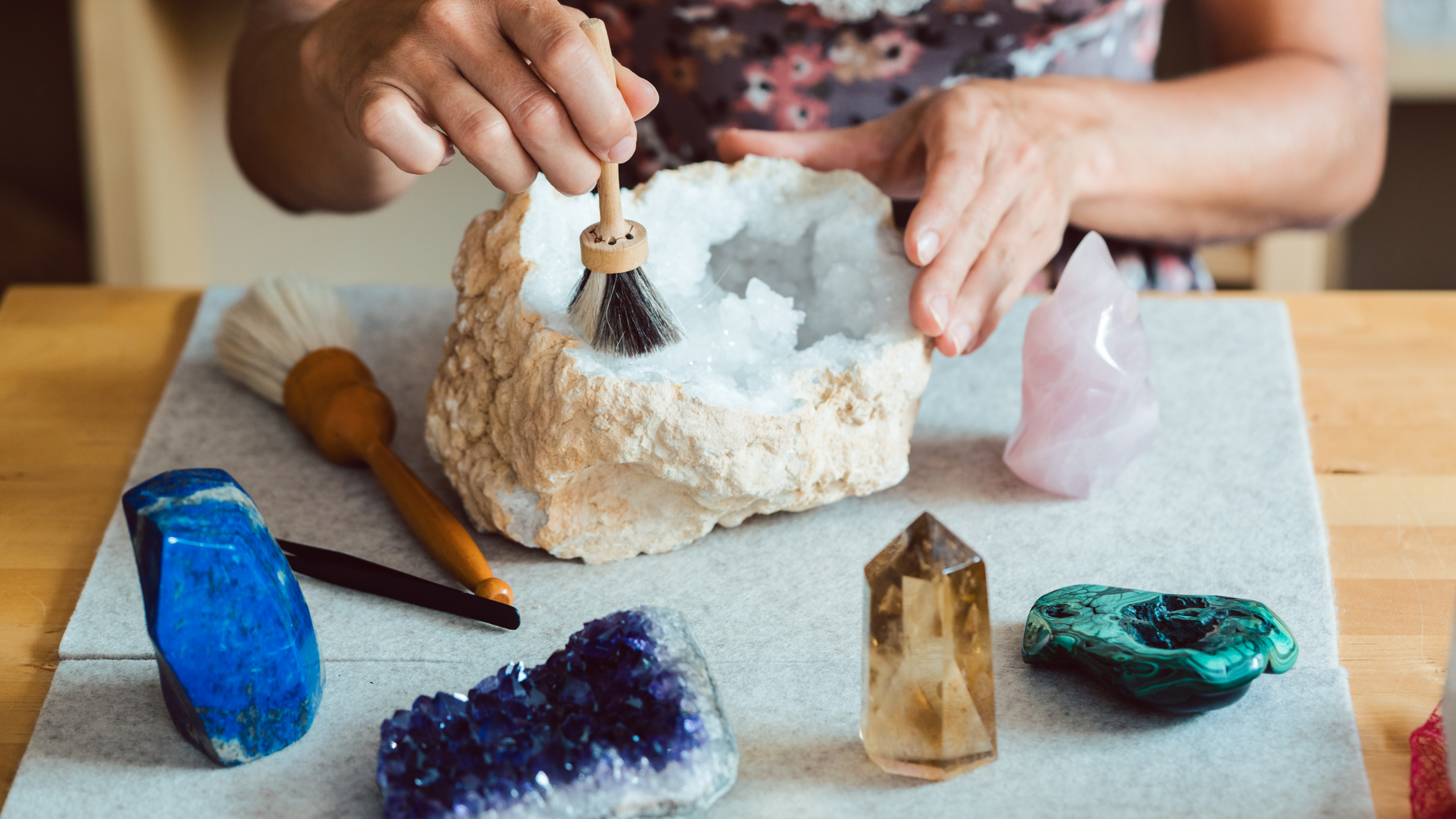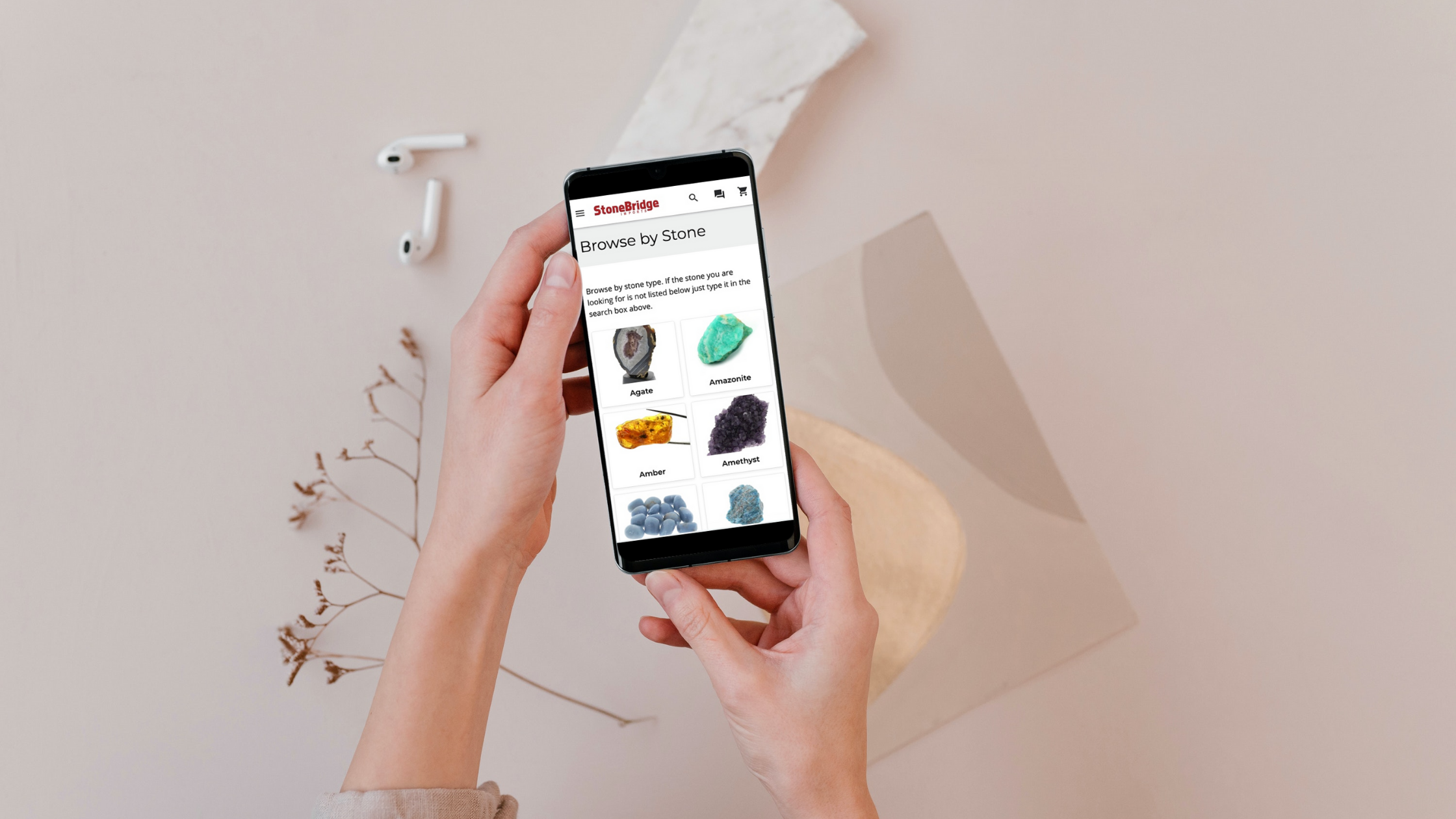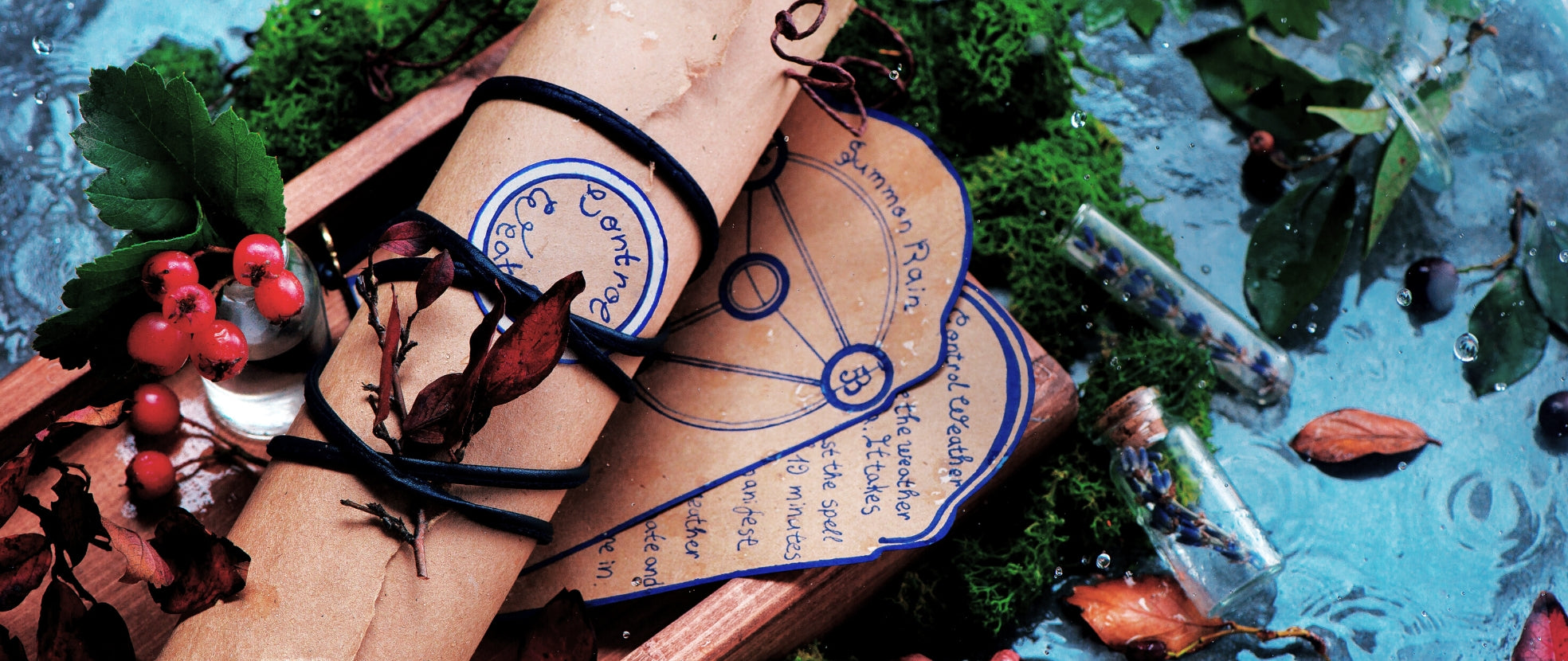New to the world of gemstones? Not sure which stones to get and what qualities to look for? That's normal. Anyone who's just dipping their toes into the trade may feel disoriented or intimidated when it comes to buying stones, rocks, and minerals.
When faced with thousands of specimens of every colour, cut, and size imaginable, how do you ensure you're making the right purchase?
Even if you have a limited understanding of gems, you can always get this process done right the first time. Whether you're a first-time reseller or collector, keep in mind these 5 important factors in selecting high-quality rocks and crystals:
1. Colour

The colour of gemstones is what makes them alluring and a real treat to the eyes. There are 3 aspects you need to consider when it comes to a stone's colour. These are:
- Hue - This refers to the dominant and additional colours that are visible in a stone (e.g., red, blue, green, yellow, purple, or orange).
- Tone - The lightness or darkness of a colour. This ranges from very light to very dark.
- Saturation - This describes the purity of a stone's hue.
A gemstone's beauty based on colour is purely subjective ” some buyers may prefer rose quartz tumbled stones with a deep pink colour, while others are more attracted to the ones that have a lighter pink shade. Pick what you consider beautiful.
Often, coloured gemstones slightly vary in tone and hue. So before making the final choice, feel free to look at all the varieties of the stone you're considering.
Ask your supplier to show you each variety. Note that each stone has an optimal colour. Have your supplier explain how the stone displays its optimal colour.
2. Cut and polish

This aspect describes how a gemstone is shaped and fashioned. A lapidary cuts and polishes rough rocks and minerals into gemstones to boost their aesthetic appeal and enhance their colour. Below are common gemstones cuts and shapes:
- Tumbled - These stones have been put in a revolving barrel filled with abrasives to make them smoother and rounder. They can be used in many ways – decorations, healing and meditation, jewelry, craft making, accents in potted plants, and more.
- Cabochons - Typically, these are opaque coloured stones characterized by a curved upper surface and a flat bottom. Stones cut en cabochon are usually those that exhibit distinct luster and diaphaneity. Examples of these stones are ruby, opal, and moonstone, and turquoise.
- Faceted - This describes gems that have flat-sided geometric shapes. All types of stones can be faceted. This cut type brings out a stone's unique features (especially its brilliance), considering how light enters facets differently.
- Carving - The most distinctive lapidary work of all, a carved stone can have various designs – it can be a letter, symbol, a figure of an animal, an [image inscribed into the stone], etc. It is usually reflective of the nationality, culture, or art style of the carver.
- Rough rocks - Raw rocks and minerals are a top choice among tumblers and collectors, especially the rare ones that exhibit unique colour patterns and inclusions. They are also used in creating jewelry pieces, craft making, decorations, grids, and zen gardens.
- Crystal points - Both natural and polished points are used as energy tools in crystal rituals. They are beneficial in radiating light, manifesting intentions faster, and releasing positive energies.
- Wands - Crystal wands are a vital tool in spiritual rituals. Since ancient times, shamans and metaphysicians have been using wands for healing, cleansing, and purification.
3. Size
The weight of a gemstone is measured in carats. The dimensions are measured in millimeters.
Determining the dimensions of coloured stones are essential when matching them for use for rings, earrings, and pendants.
4. Enhancements
A lot of gemstones are treated or enhanced in a lab to enhance their colours or clarity according to consumers' preferences. For instance, colourless topaz is irradiated to produce blue topaz stones of various shades.
Synthetic and naturally-occurring gemstones share the same chemical, physical, and optical properties. But natural stones are generally more valuable (and costlier) since they're rarer and take longer to form.
Determining the quality of gemstones requires patience and practice. Remembering these 5 factors when shopping for supplies will help you select the right stones based on your budget and taste.
5. Purpose

There are many ways people incorporate crystals into their everyday lives, and you'll want to be the rock shop customers would run to to get a hold of any crystals for whatever purpose.
Stock up on crystals for:
- Meditation - Crystals help clear the mind and achieve inner peace and calmness during meditation.
- Designing a sacred prayer/meditation space - A sacred space is an important component of most meditation and yoga practice spaces. Placing crystals around will give the area a calm and grounding presence.
- Decoration - Amethyst is the perfect addition to any room because it blocks the flow of unwanted energies and emits positive vibrations. Larger crystals can make a beautiful focal point of a living room while working on setting the intention for the space.
- Feng shui - In feng shui, the natural spiritual energy of crystals is used to balance and amplify the flow of chi through a space. Crystals are placed in strategic locations in a room.
- Spa treatments - In this relaxing self-care routine, crystals can infuse healing by bringing them into the bath and letting them soak in the water.
- Creating a crystal grid - Crystals manifest intentions assigned to them, while the Sacred Geometry of the crystal grid will help accomplish the intention quicker.
- Carrying crystals in a pocket or purse - The more contact with a crystal, the more aware you'll be of its vibrations and energy. Carrying it in the pocket or purse and taking it out whenever you need help brings your attention back to the intention you want to achieve.
- Crafts and jewellery - Making bracelets, necklaces, rings, and other pieces out of gemstones is the best way to carry their beauty and healing properties wherever you go. Each gemstone is known to have its own personality and even ability.
Additional Tips for Retailers
So you're just starting out as a small rock shop in your area. What stone varieties should you get? Here are additional pointers:
- Learn more about gemology. It is necessary to develop a firm understanding of the different stone types and their individual qualities so you can provide expert advice to your customers. Start with the basic concepts of gemology.
- Decide on the types of stones you want to sell. Are you interested in precious or semi-precious stones? Do you want to focus on tumbled stones, cabochons, or raw rocks and minerals? How you start your inventory is entirely up to you. Some shops offer popular items, while others sell rare and unique stones. You can even venture to sell both!
- If you choose to sell unique stones, select specimens that are rare in terms of cut or style.
- Identify what your target customers want and sell it to them. A variety of choices is essential. Make sure to offer them assorted types, colours, and styles of stones to choose from.
For starters, consider stocking up on tumbled or raw chips and chunks of the following stones: amethyst, rose quartz, clear quartz, sodalite, tourmaline, obsidian, citrine, green aventurine, smoky quartz, fluorite, agate, amazonite, and onyx. You can never go wrong with these bestsellers.
Buy Your Gems Through a Trusted Dealer

Given all these details you need to pay attention to, purchasing your first gemstones can get quite challenging. But it gets easier once you've developed an eye for quality stones. It also helps to entrust your gemstone needs to a reliable supplier.
A supplier who has been in the industry for years can lend you their solid expertise so you can make an informed choice. A great stone dealer also has a vast collection of stones to suit your needs.
If you're still looking for a supplier of wholesale gemstones who can support your business or hobby, then you're in the right place. Stonebridge Imports has over 11,000 products. We're more than capable of catering to your evolving needs!
We also have a team of rock specialists who can help you get that one specimen you need despite gemstone supply chain issues. Browse our collection today or send us a message if you have any questions.
Sources:
Guide to Buying Gemstone Jewelry. (n.d.). Jewelers of America. Accessed at https://www.jewelers.org/education/gemstone-guide
Graham, J. (n.d.). Some Pointers on Selling Gemstones. International Gem Society. Accessed at https://www.gemsociety.org/article/pointers-selling-gemstones/
Arem, J. & Clark, D. (n.d.). An Introduction to Gemstone Inclusions. International Gem Society. Accessed at https://www.gemsociety.org/article/inclusions/





